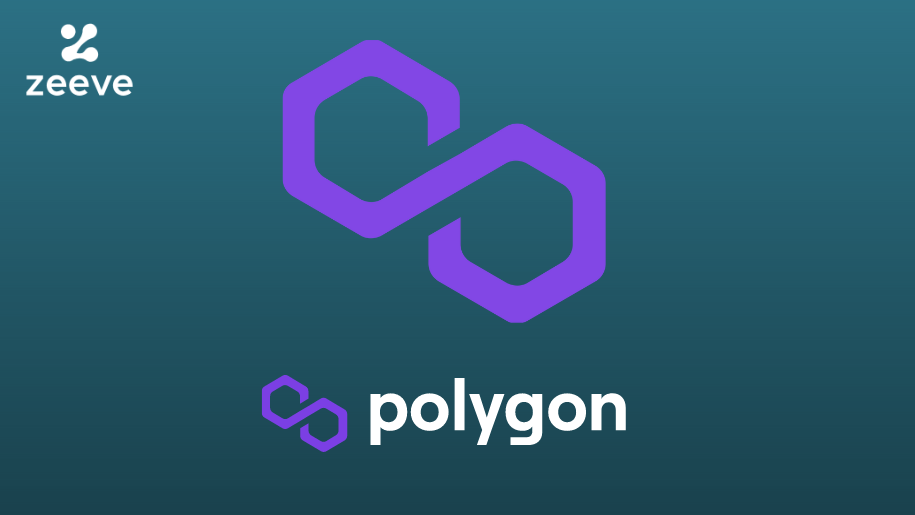Securing and maintaining a Polygon node in a blockchain network is crucial for ensuring the integrity and reliability of the network. In this article, we will discuss some best practices for securing and maintaining a Polygon node, which can help ensure the ongoing stability and security of your blockchain network.
One of the most important best practices for securing a Polygon node is to keep the node’s software and operating system up to date. This includes patching any known vulnerabilities and updating to the latest version of the software. Regular updates help to ensure that any new security threats are mitigated, and that the node is running the latest and most secure version of the software.
Another important best practice for securing a Polygon node is to implement a firewall. A firewall is a security system that controls the incoming and outgoing network traffic based on predefined security rules. It can be used to block unauthorized access and protect against network-based attacks. When configuring a firewall for a Polygon node, it’s important to ensure that only necessary ports are open and that the firewall is configured to block any unwanted traffic.
Another best practice for securing a Polygon node is to use a strong and unique password. Passwords are a critical line of defense against unauthorized access, so it’s important to use a strong and unique password for every user account on the node. Passwords should be at least 12 characters long and include a mix of letters, numbers, and special characters. Additionally, it’s a good practice to change the password regularly, and to avoid using the same password for multiple accounts.
It’s also important to secure sensitive data stored in the node, such as private keys. These keys should be kept in a secure location, such as a hardware wallet, and should never be shared with anyone. Additionally, it’s a good practice to enable multi-factor authentication (MFA) to provide an extra layer of security.
Another important best practice for maintaining a Polygon node is to regularly backup the node’s data. Backups are critical in case of data loss or corruption, and can help ensure that the node can be quickly restored in the event of a failure. It’s important to backup data regularly and to store the backups in a secure location, such as an external hard drive or a cloud storage service.
Monitoring and troubleshooting are also essential for maintaining a Polygon node. Regularly monitoring the node’s performance and checking logs can help identify and resolve issues related to performance, security, and scalability. Additionally, troubleshooting tools can be used to identify and resolve issues related to the node’s operation.
Finally, it’s important to have a disaster recovery plan in place. A disaster recovery plan outlines the steps to be taken in the event of a disaster, such as a natural disaster or a cyber attack. The plan should include procedures for restoring data and services, as well as identifying and resolving any issues that may have caused the disaster.
In conclusion, securing and maintaining a Polygon node in a blockchain network is crucial for ensuring the integrity and reliability of the network. By following best practices such as keeping the node’s software and operating system up to date, implementing a firewall, using strong and unique passwords, securing sensitive data, regularly backing up data, monitoring and troubleshooting, and having a disaster recovery plan in place, you can help ensure the ongoing stability and security of your blockchain network.


